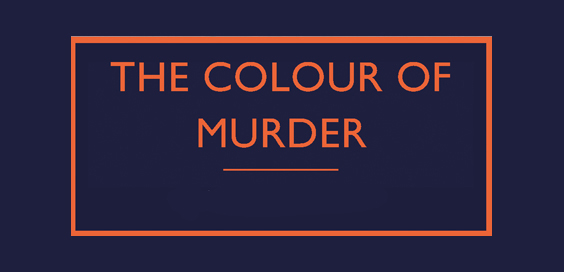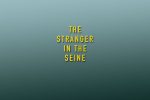The Colour of Murder by Julian Symons – Review

By Sandra Callard
The British Library’s series of Crime Classics includes this superb book by Julian Symons, which was published to great acclaim in 1957. The Colour of Murder is a taut and deftly written story which is split into two parts entitled ‘Before’ and ‘After’ (the murder).
John Wilkins is a nonentity who drifts through life making little impression on those he comes into contact with. He has a reasonable job in the Complaints Department of an Oxford Street store which he exercises in an inconsistent and erratic manner. He lives with his doting mother, and drifts into a loveless marriage with May Colter, who is attracted to John because he used to live in a large and imposing house in London, and she feels the marriage will raise her social status. May, living in a rundown area of London with a disreputable and criminally inclined family, feels John is her only way out.
“Fascinating stuff’
 The marriage founders when John meets and falls for a pretty librarian and attempts to form a relationship with her. Sheila Morton is a kind and friendly girl who looks after her ailing father, and reacts sympathetically to John, which makes John feel she is returning his feelings.
The marriage founders when John meets and falls for a pretty librarian and attempts to form a relationship with her. Sheila Morton is a kind and friendly girl who looks after her ailing father, and reacts sympathetically to John, which makes John feel she is returning his feelings.
The novel has an unusual aspect in that Part One, entitled ‘Before’, is totally dedicated to John’s interviews with a consulting psychiatrist, Dr Max Andreadis, and is narrated in the first person by John as he mulls over the events of his life which have taken him to the point he is presently at, which is not fully revealed. Although we are sure a murder will happen, we are not sure who the murderer will be and, amazingly, we are not even sure who will be murdered. Even when the murder happens we are still not sure who the victim is. It is tantalising and fascinating stuff, and an emphatic page-turner
Symons’ writing has a beautiful brevity of style which enables him to cover a large area of story and characters with remarkably few words. There is nothing superfluous in his writing, and what could be a dreary First Part, devoted as it is to a summary of a psychiatric report on a patient, is in fact wonderfully executed and becomes completely compulsive reading.
“Stomping good read”
Part Two, ‘After’, tells the story of the murder, the arrest, and John’s progressive mental disintegration. Although the court room scenes are written with a perfect lawyer’s eye, Symons was never a qualified lawyer, but he had friends in the legal world and his research is immaculate. His characterisation is flawless, and in particular that of the defence lawyer, Magnus Newton QC. He is seen and heard by the reader with astonishing ease, as the book flows compellingly along.
Set in 1957 in a post-war period of change and rethinking, it is a world that we partly recognise or remember, but also contains an amusing selection of archaic bits of speech and life that are alien to most of us. It is recalled here in all its tat and glory, and is a part of social history as well as a stomping good read. To fans of crime novels this book is the perfect read for a cold night and a warm fire, and a splendid reason for seeking out more of Julian Symons’ books.
‘The Colour of Murder’ by Julian Symons is published by The British Library, £8.99 paperback









